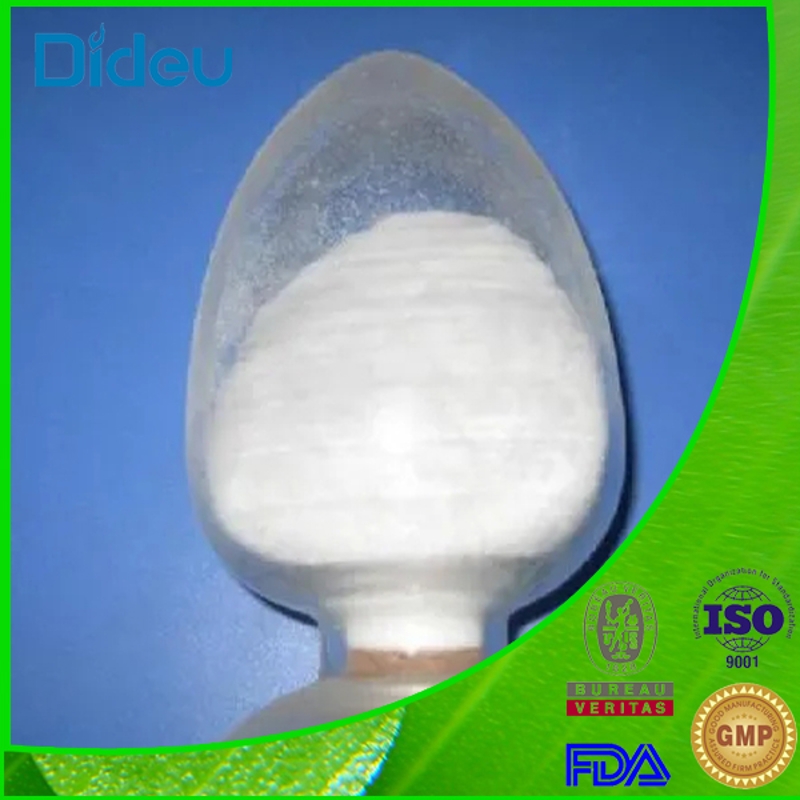-
Categories
-
Pharmaceutical Intermediates
-
Active Pharmaceutical Ingredients
-
Food Additives
- Industrial Coatings
- Agrochemicals
- Dyes and Pigments
- Surfactant
- Flavors and Fragrances
- Chemical Reagents
- Catalyst and Auxiliary
- Natural Products
- Inorganic Chemistry
-
Organic Chemistry
-
Biochemical Engineering
- Analytical Chemistry
- Cosmetic Ingredient
-
Pharmaceutical Intermediates
Promotion
ECHEMI Mall
Wholesale
Weekly Price
Exhibition
News
-
Trade Service
iNature
The pathological feature of Alzheimer's disease (AD) is extracellular amyloid-β (Aβ) plaques, the effect of which on the mechanical properties of surrounding brain tissue is unknown
.
Microglia sense and integrate biochemical cues of the microenvironment, however, whether microglial mechanical induction pathways influence the pathogenesis of AD is unclear
.
On November 10, 2022, Mo Wei, Zhang Liang and Hu Jin of Xiamen University jointly published a research paper entitled "Microglial Piezo1 senses Aβ fibrils stiffness to restrict Alzheimer's disease" online in Neuron (IF=19).
The study showed that microglia are activated by the mechanical force receptor Piezo1 sensing fibrotic Aβ hardness to inhibit Alzheimer's disease
.
In this study, the increased hardness of Aβ plaque-associated tissues was observed and the selective upregulation
of piezoelectric mechanically sensitive ion channel component 1 in Aβ plaque-associated microglia.
Piezo1 senses rigid stimulation of Aβ fibers and subsequently induces Ca2+ influx to promote microglial aggregation, phagocytosis, and compaction
of Aβ plaques.
Microglia lacking Piezo1 led to an exacerbation of Aβ pathology and decreased cognitive function, while microglia activating Piezo1 improved brain Aβ burden and cognitive dysfunction
in 5×FAD mice.
Together, the findings suggest that Piezo1, a mechanical sensor of Aβ fiber stiffness in microglia, is a potential therapeutic target for AD
.
.
Pathologically, AD is characterized by the presence of extracellular amyloid-β (Aβ) plaques and intracellular nerve fiber tangles containing phosphorylated tau, both of which are associated with
neuronal damage, synaptic dysfunction, and subsequent cognitive impairment.
Human genetics studies have revealed a number of common and rare genetic loci
that are strongly associated with AD risk.
Notably, many of these risk sites are associated
with microglial genes reported as specific or highly expressed compared to other types of cells in the central nervous system (CNS).
This broad trend involves microglia, as the major immune cells present in the brain parenchyma have become key players
in the pathogenesis of AD.
The diversity of microglia function stems from their ability to
respond dynamically to local microenvironmental cues.
Microglia actively recognize and engulf Aβ aggregates tightly wrapped around dense plaques and provide a sealed physical barrier to prevent amyloid fibers from extending
outward.
The complex biochemical components of Aβ plaques, such as misfolded proteins, nucleic acids, and lipids, trigger microglial responses
through their specific receptors.
Previous studies have reported that Aβ plaques have a rigid core
formed by densely folded Aβ sheets.
Physical signals, including matrix hardness or roughness, can likewise enhance the recruitment and activation
of immune cells.
Overall brain stiffness tends to decrease
due to extensive neuronal cell death and edema, as well as demyelinating in mouse models of AD.
However, as AD progresses, rigid Aβ fibrils form Aβ plaques; It is unclear whether Aβ plaques affect local tissue stiffness and how it is involved in AD pathology
.
Given the unique physical properties of Aβ plaques, it is easy to speculate that Aβ plaques have mechanical stimulation
of microglia.
However, how microglia perceive and respond to mechanical changes in their microenvironment in the development of various pathological states, such as Aβ deposition in AD, has not been elucidated
.
Mechanism pattern diagram (from Nelon) Correct mechanical sensing requires mechanically sensitive proteins called mechanized ion channels (MSICs).
Microglia express several MSICs that underlie microglial activation, mainly by regulating intracellularCa2+ homeostasis
.
Piezo1 is evolutionarily conserved and activated by various mechanical stimuli, including shear stress, hardness, and periodic stress across multiple cell types, facilitating the transmission
of Ca2+ signaling by allowing extracellularCa2+ influx.
A significant increase
in Piezo1 was observed in the Aβ-deposited mouse hippocampus.
However, whether Piezo1 contributes to microglial mechanosensing of Aβ plaques has not been explored
.
This study found differences in the mechanical properties of Aβ plaque-associated brain tissues (PATs) and non-Aβ plaque-associated brain tissues (NPATs) located far from the amyloid plaque core in 5× familial Alzheimer's disease (FAD) mouse brain slices
.
The study found that the Piezo1 ion channel is a typical MSIC in microglia, which maintains the response
of microglia to Aβ fiber hardness.
In addition, in AD mouse models and patients, upregulation of Piezo was shown to be strictly associated
with Aβ plaques.
Notably, the authors demonstrated that microglial Piezo1 deficiency impairs microglia to phagocytose and compress Aβ plaques, thereby promoting further pathological deterioration in 5×FAD mice, suggesting a key role
in the prevention or control of Aβ pathological progression in AD.
Subsequently, systemic administration of the Piezo1-specific agonist Yoda1 reduced the Aβ burden and improved cognitive decline in 5×FAD mice, suggesting that Piezo1 may therefore be a potential therapeutic target for AD therapy
.
The first author and co-corresponding author of the paper is Dr.
Hu Jin; Qiang Chen, a doctoral student, Hongrui Zhu, a master's student, and Hou Lichao, director of the Department of Anesthesiology, Xiang'an Hospital, Xiamen University, are co-first authors
of this paper.
Professor Mo Wei and Associate Professor Zhang Liang are co-corresponding authors
of this paper.
This research work has been supported by the National Key R&D Program of China, the Outstanding Youth Fund of the National Natural Science Foundation of China, the Youth and General Fund of the National Natural Science Foundation of China, the Natural Science Foundation of Fujian Province, and the President's Fund of Xiamen University
.
Original link: 00954-0
—END—
The content is [iNature]







